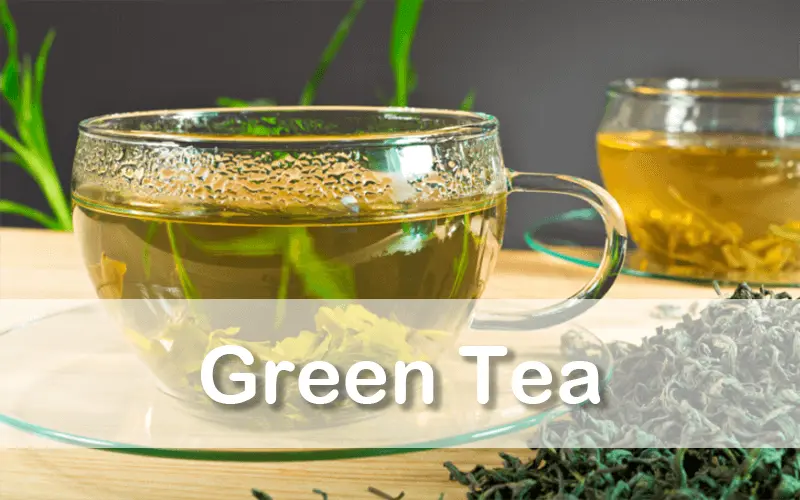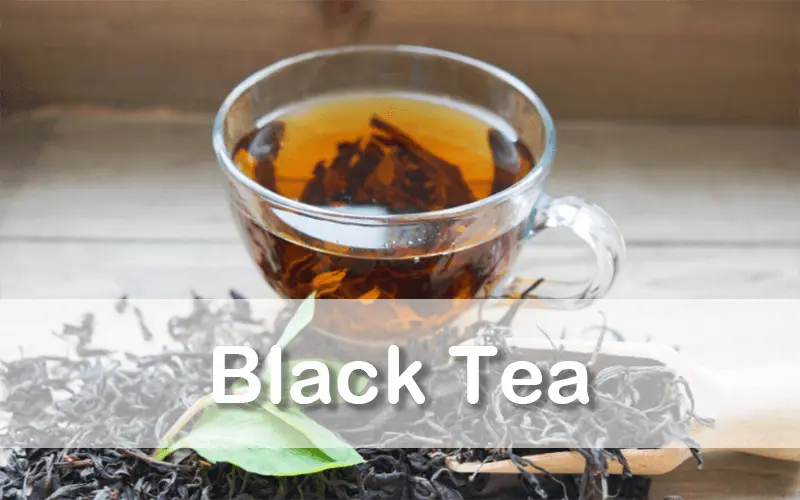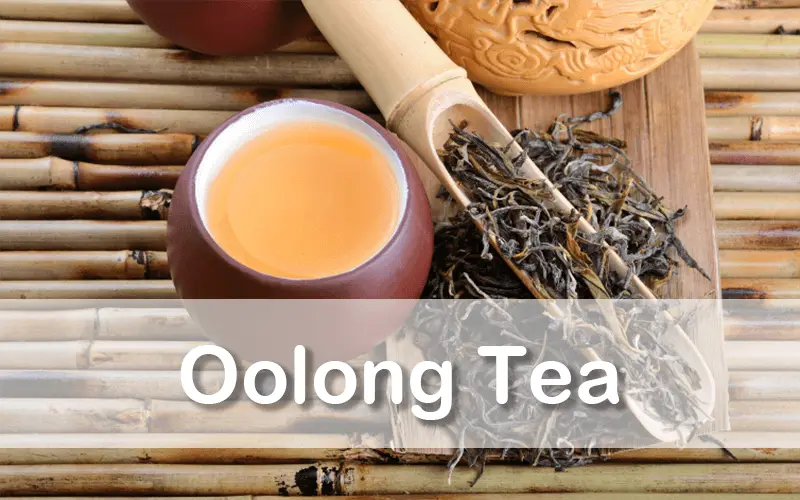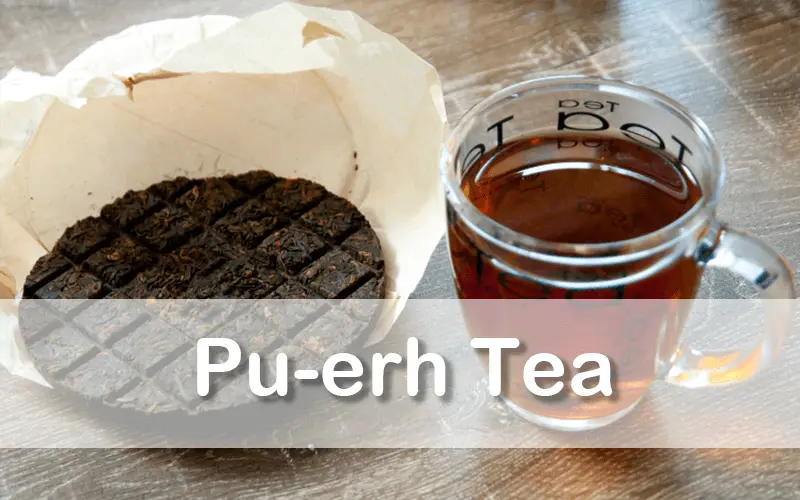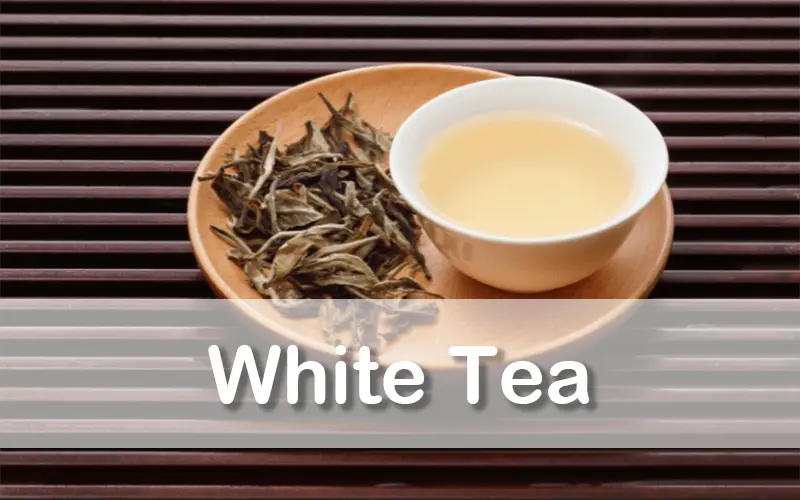Longjing Tea: The Ultimate Guide to Chinese Dragon Well Tea
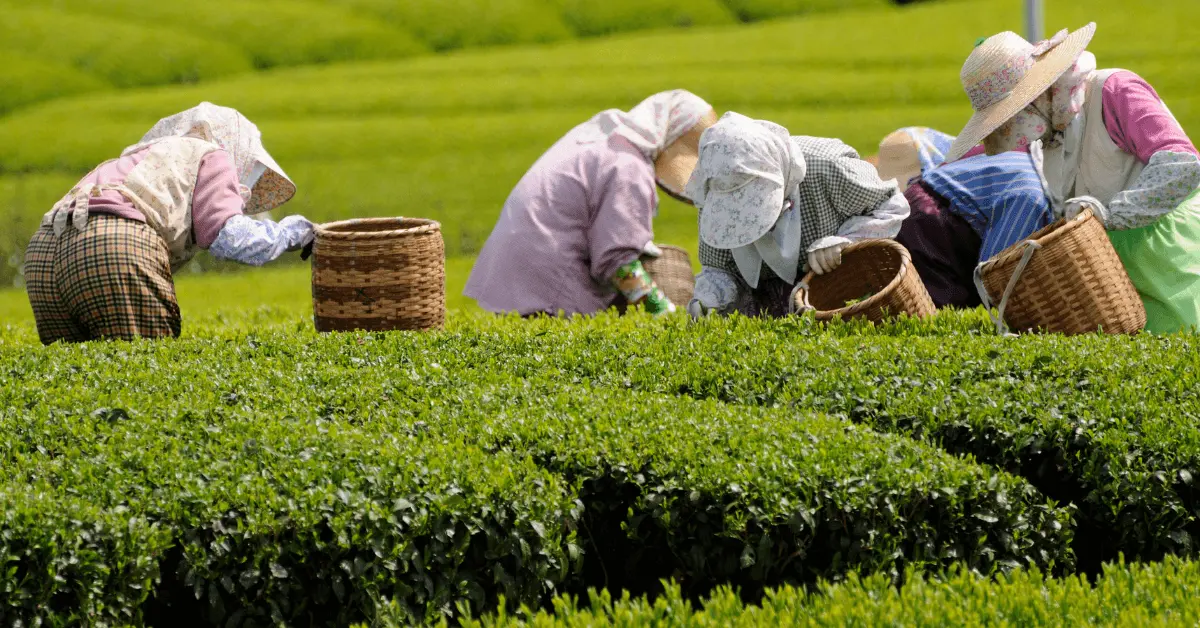
Longjing Tea Plantation

- West Lake Tea Plantation: The scenic splendor of the West Lake area and its adjacent villages in Hangzhou crafts the famed West Lake Longjing tea.
- Yuezhou Tea Plantation: In the quaint villages of Yuecheng, Xinchang, and Shengzhou within Shaoxing City, the Yuezhou or Zhejiang Longjing tea is cultivated.
- Qiantang Tea Plantation: The lush landscapes of Xiaoshan, Binjiang, and Yuhang in Hangzhou give rise to the Qiantang Longjing or Hangzhou Longjing tea.
West Lake Tea Plantation: West Lake Longjing Tea
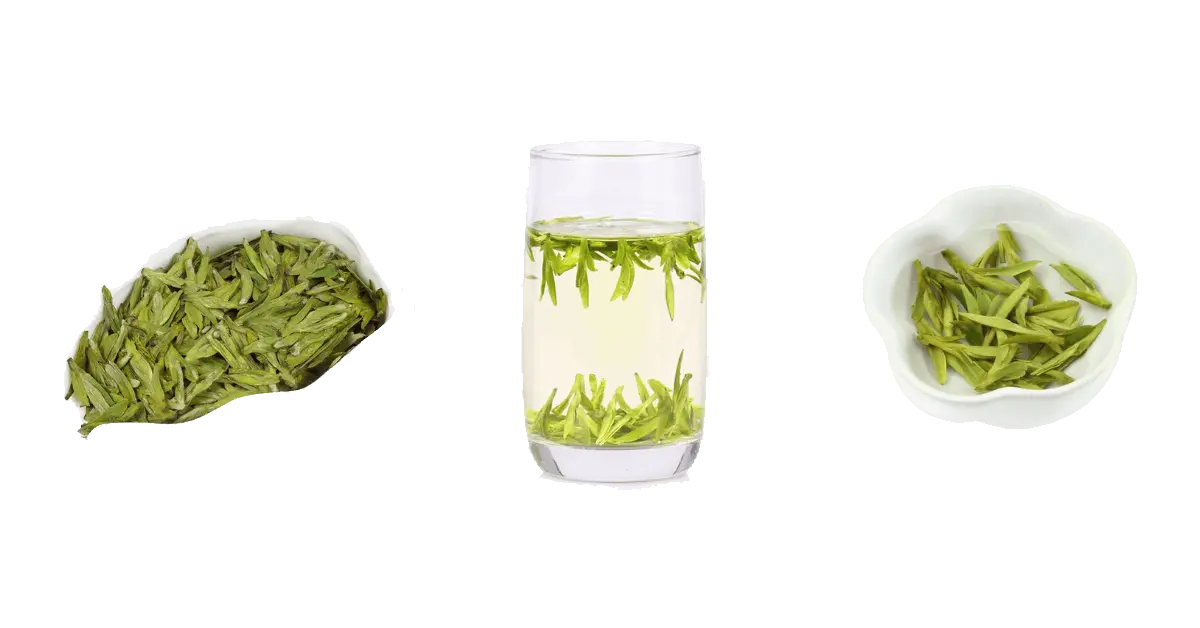
1st production area: top-grade Longjing tea plantation

Shifeng Mountain: The Birthplace of Shifeng Longjing Tea
Longjing Village: West Lake Longjing Tea
Yunqi Village: Yunqi Longjing Tea
Hupao Spring (Tiger Spring): Hupao Longjing (Tiger Spring) Tea
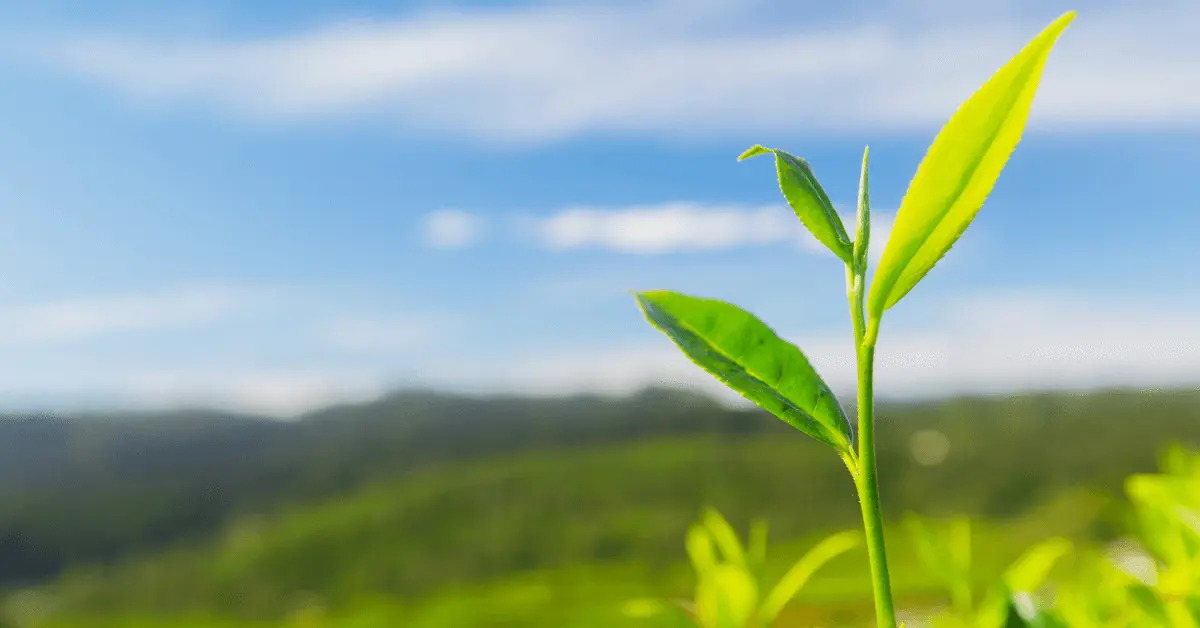
Meijiawu: Meijiawu Longjing Tea
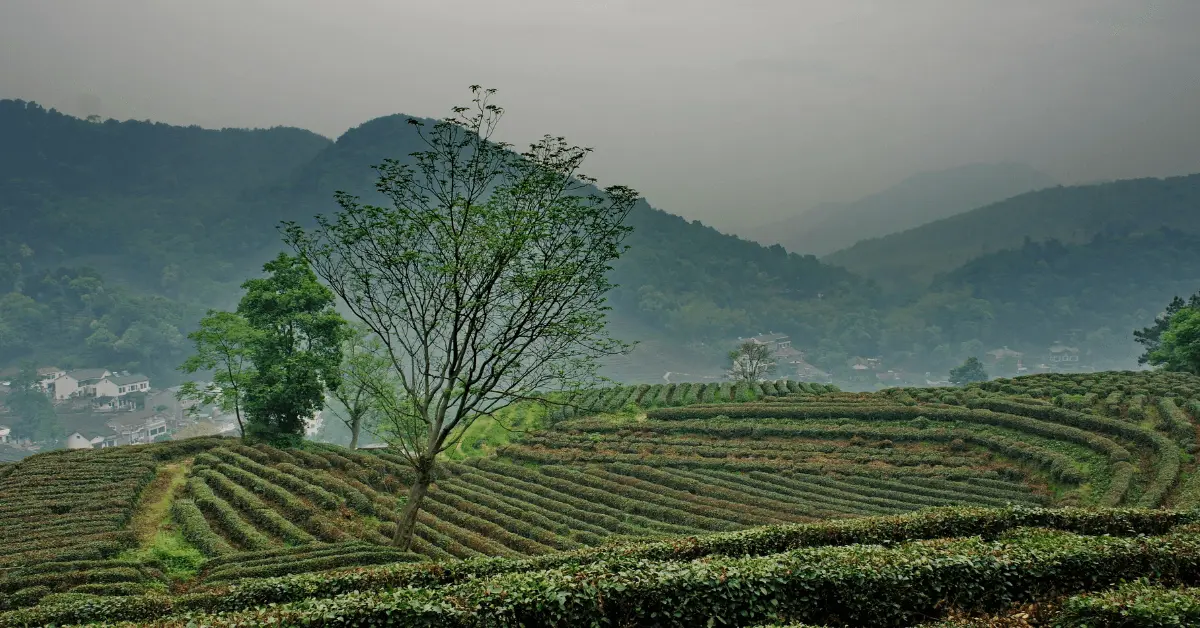
2nd Production Area

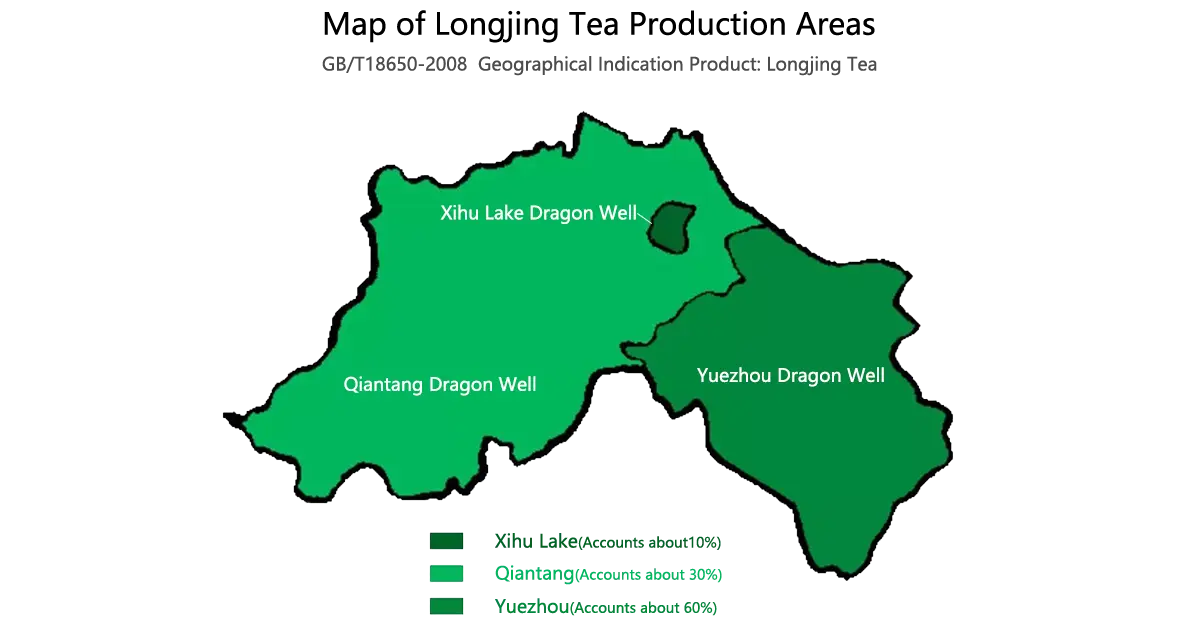
1st VS 2st Tea Plantation
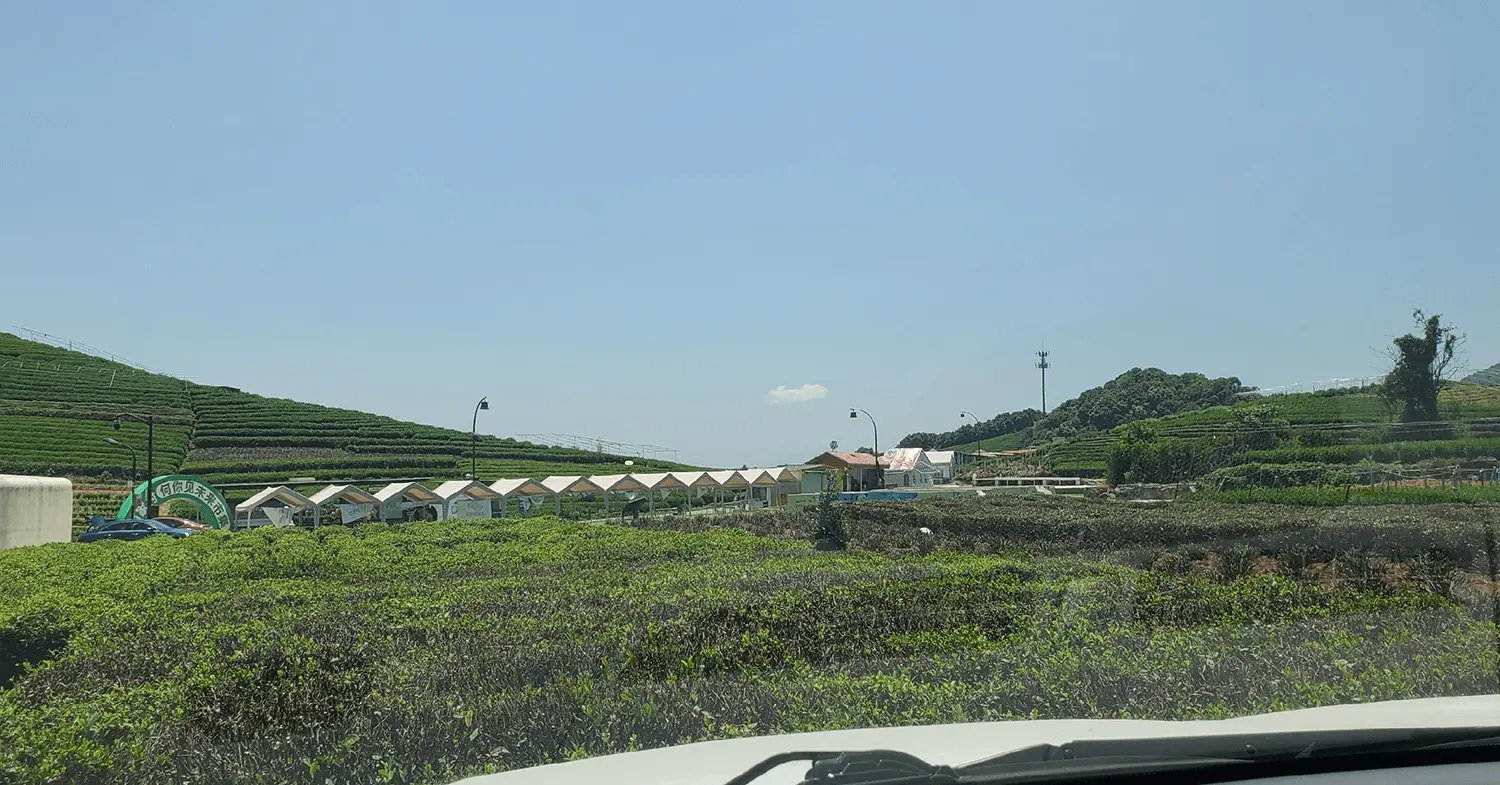

West Lake Longjing Tea Growing Environment
Sandy Soil: The Ideal Ground for Tea Trees
Perfect Latitude and Longitude
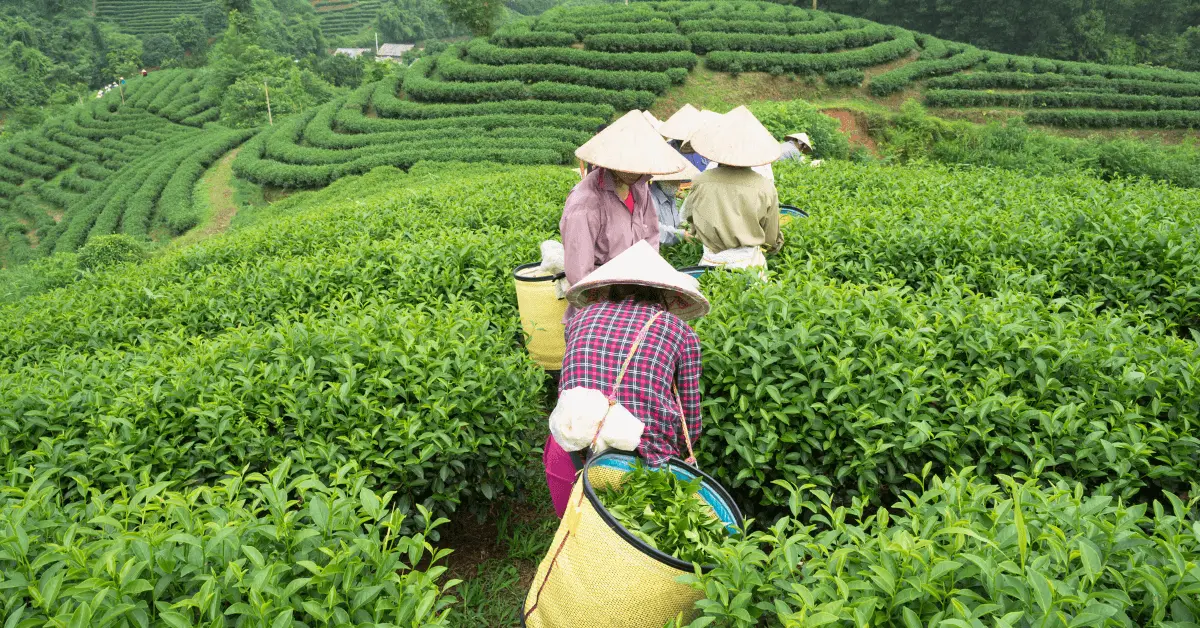
Climate: A Crucial Factor
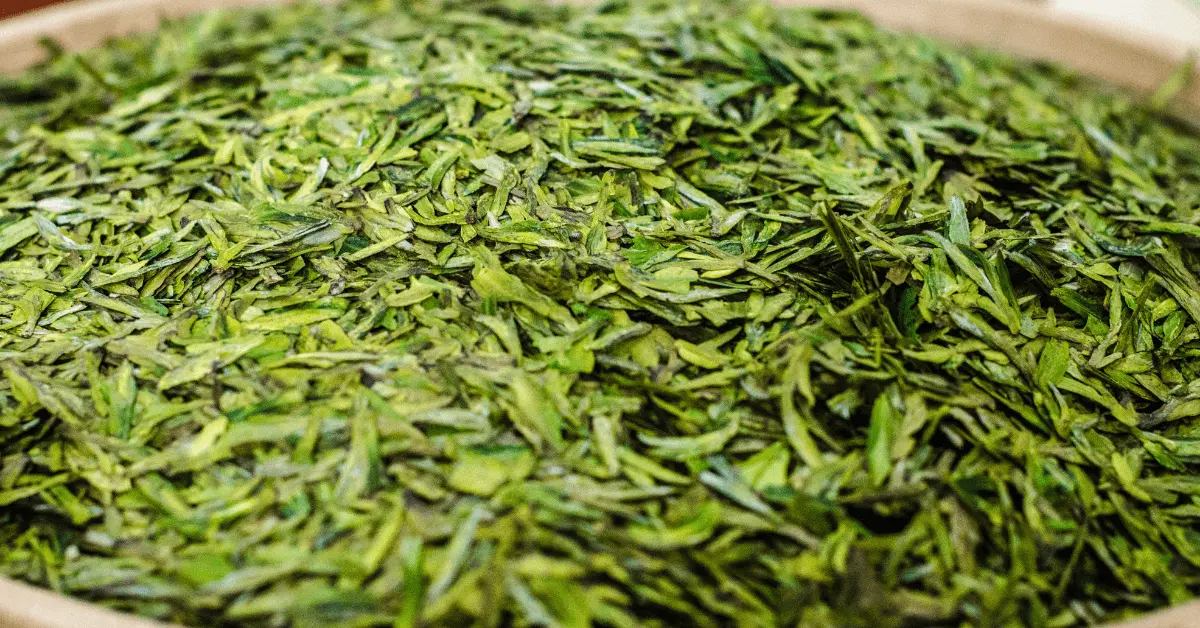
Ideal Light Conditions

Yuezhou Tea Plantation: Yuezhou Longjing (Zhejiang Longjing)
Why Yuezhou Longjing Stands Out?

Characteristics of Yuezhou Longjing Tea
The Scale of Yuezhou Longjing Production
Qiantang Tea Plantation: Qiantang Longjing (Hangzhou Longjing)
Key Characteristics of Qiantang Longjing Tea

Production Scale of Qiantang Longjing
Longjing Tea Varieties
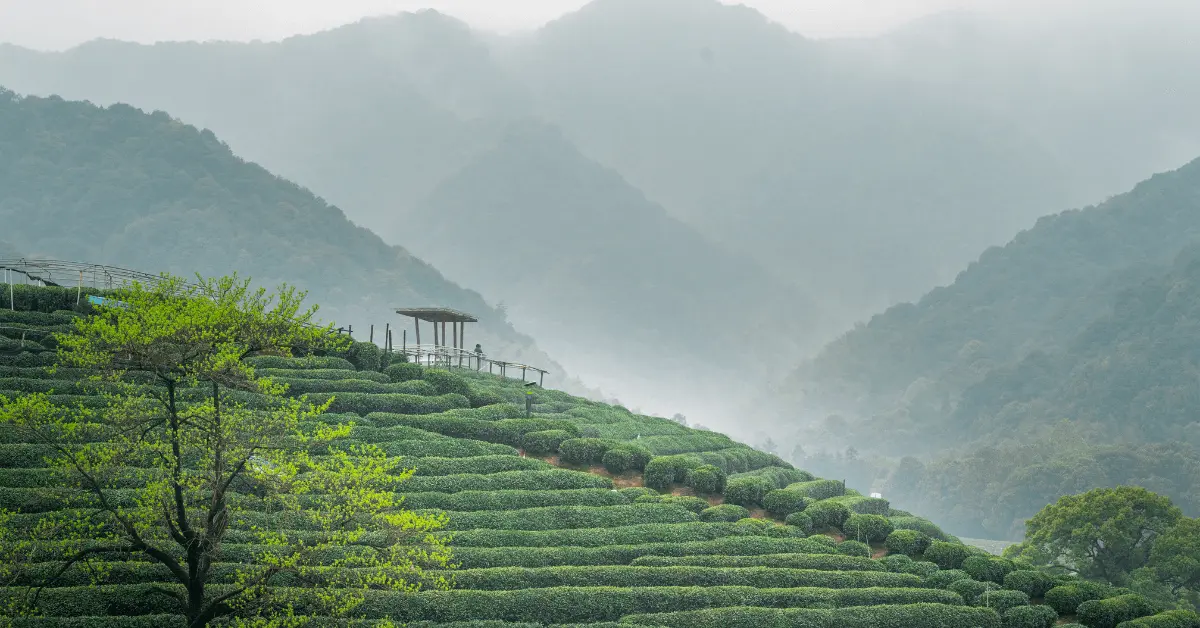
Group Cultivated Variety
Longjing #43
Pingyang Early
Wuniu Early
Dafo White Longjing
Ying Shuang (Welcome Frost) Longjing
ZJN #117
ZJN #139
Group Cultivar VS Longjing 43
The Impact of Age on Tea Quality
The Richness of Old Tea Trees
Taste Profiles: Group Cultivar vs Longjing #43
The History of Longjing Tea
Longjing tea is a famous Chinese tea that is loved worldwide. It has a green color, delightful scent, smooth flavor, and stunning appearance.

What does the Longjing mean?
You may be wondering, what exactly does “Longjing” mean in Longjing tea? Longjing refers to tea, mountain, spring, village, and temple, all named Longjing.
There was a spring in Longjing Village, so people built a well there. This well was different from others – half of the water was from the well and half was mountain spring water. The two waters had different quality and density.
Whenever people drew water, they unintentionally stirred up the spring water. This caused a line to appear on the water’s surface, resembling a dragon’s beard. People didn’t know why this line appeared, so they thought a dragon lived in the well. Then, they named it “Longjing” (Dragon Well).
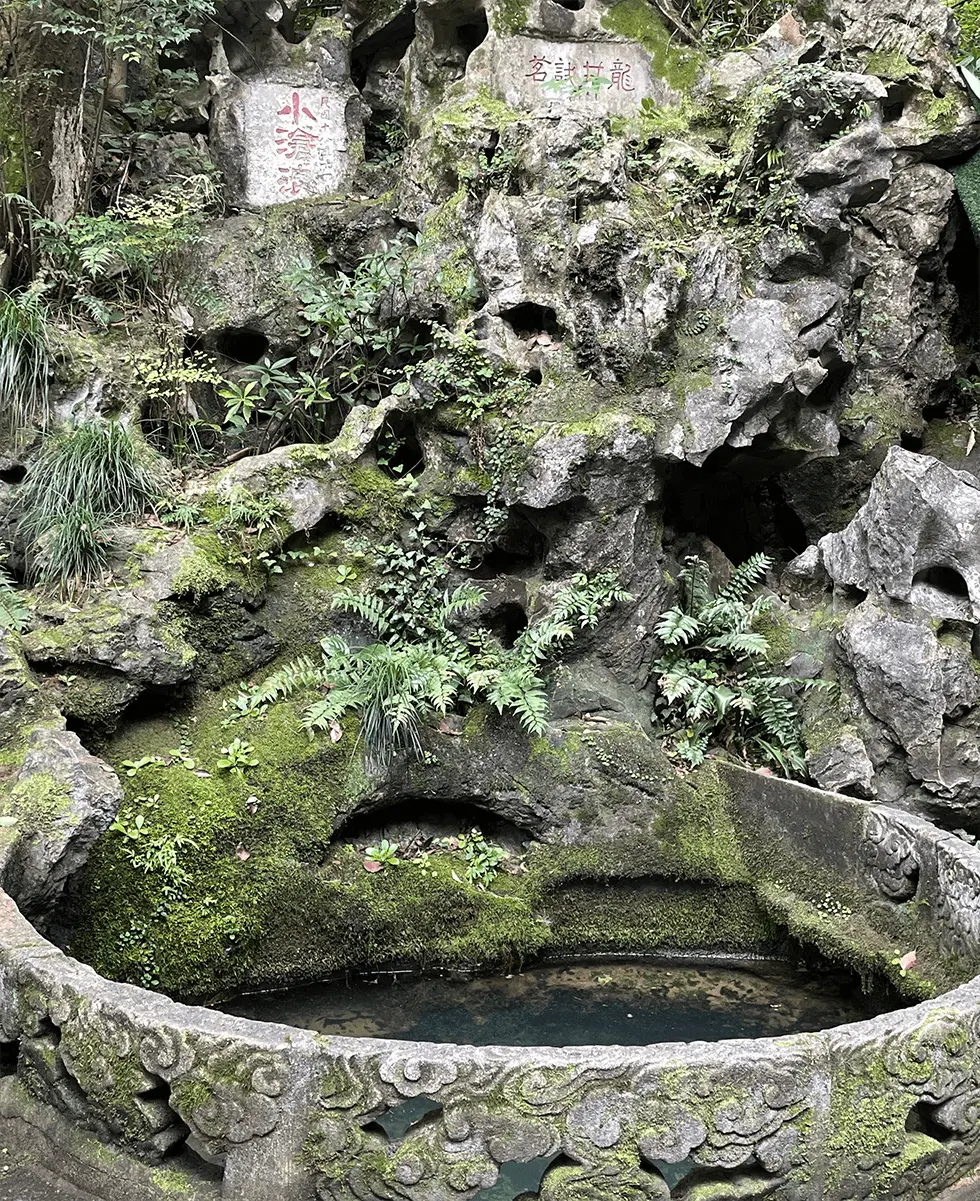
Appreciation from the Royalty
The origin of Longjing tea can be traced back to when Emperor Qianlong traveled south to Jiangnan.
During his trip to Hangzhou, Qianlong dressed in plain clothes and went to Lion Peak Mountain below Longjing Village to enjoy the scenery.
He happily saw some village women picking new buds on the 18 tea trees in front of the Hu Gong Temple. Wanting to join in, he briskly walked into the tea plantation and started plucking tea.
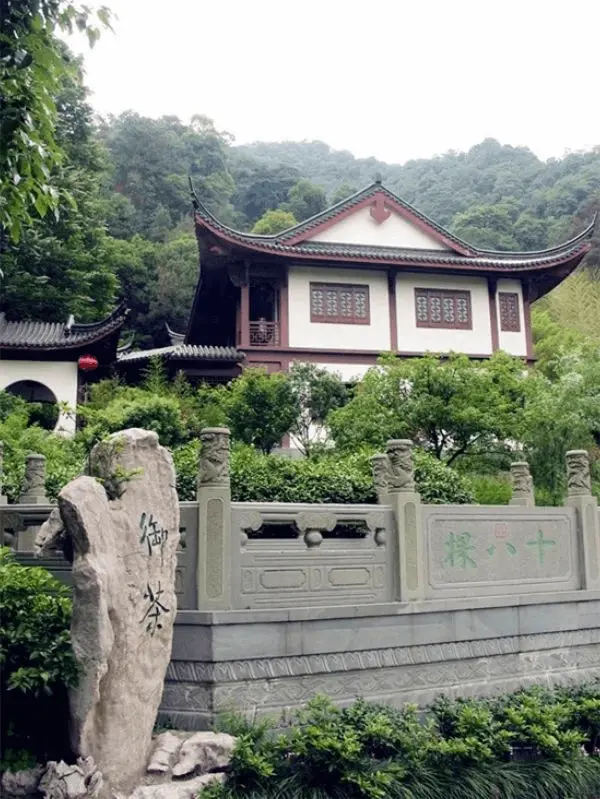
After picking for a while, a eunuch suddenly reported: “Your Majesty, the Empress Dowager is ill. Please return to the capital urgently.” Hearing the Empress Dowager was sick, Qianlong immediately felt anxious. He hastily put the tea buds in his bag and rushed back to the palace day and night to greet the Empress Dowager.
In fact, the Empress Dowager had no major illness, just a temporary flare-up of liver fire causing red swollen eyes and stomach discomfort. Seeing the Emperor return cheered her up.
She smelled something nice coming towards her and asked her son: “What did you bring from Hangzhou that smells so good?”
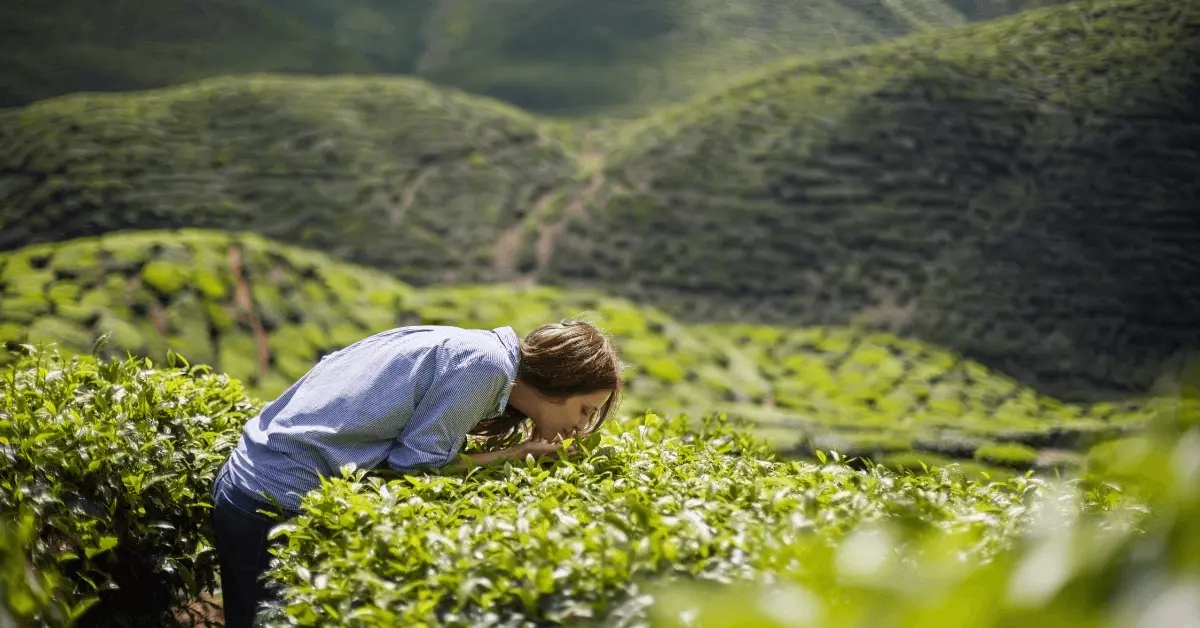
Qianlong was puzzled since he had rushed back without bringing anything. But there was indeed a lingering fragrance coming from his pocket.
Reaching in, he found the tea plucked before Hu Gong Temple in Longjing Village, Hangzhou. Though dry after several days, it now emitted a rich fragrance.
The Empress Dowager wanted to taste this tea. Her maid brewed it and presented it. A pleasant smell filled the air, and after she drank, her mouth felt wet and sweet, refreshing her.
The Empress Dowager’s eye swelling went away and her digestion got better after 3 cups of Hangzhou Longjing tea. She called it a miraculous elixir.

When Qianlong saw her happy, he was delighted. He immediately ordered the 18 tea trees to be imperial tea. Tea would be specially produced from them each year as a tribute to the Empress Dowager.
From then on, Longjing tea’s fame grew increasingly. Longjing tea cultivation expanded around West Lake, leading to the name “West Lake Longjing.”
Spanning from the Tang Dynasty to the present day, the history of Longjing tea is as rich and complex as its flavors.
For those eager to delve deeper into this fascinating journey, exploring the History of Longjing Tea is an excellent starting point.
Longjing Tea Harvesting Time

Ming Qian Long Jing: The Early Harvest

Longjing Tea Before Rain: Yu Qian Tea
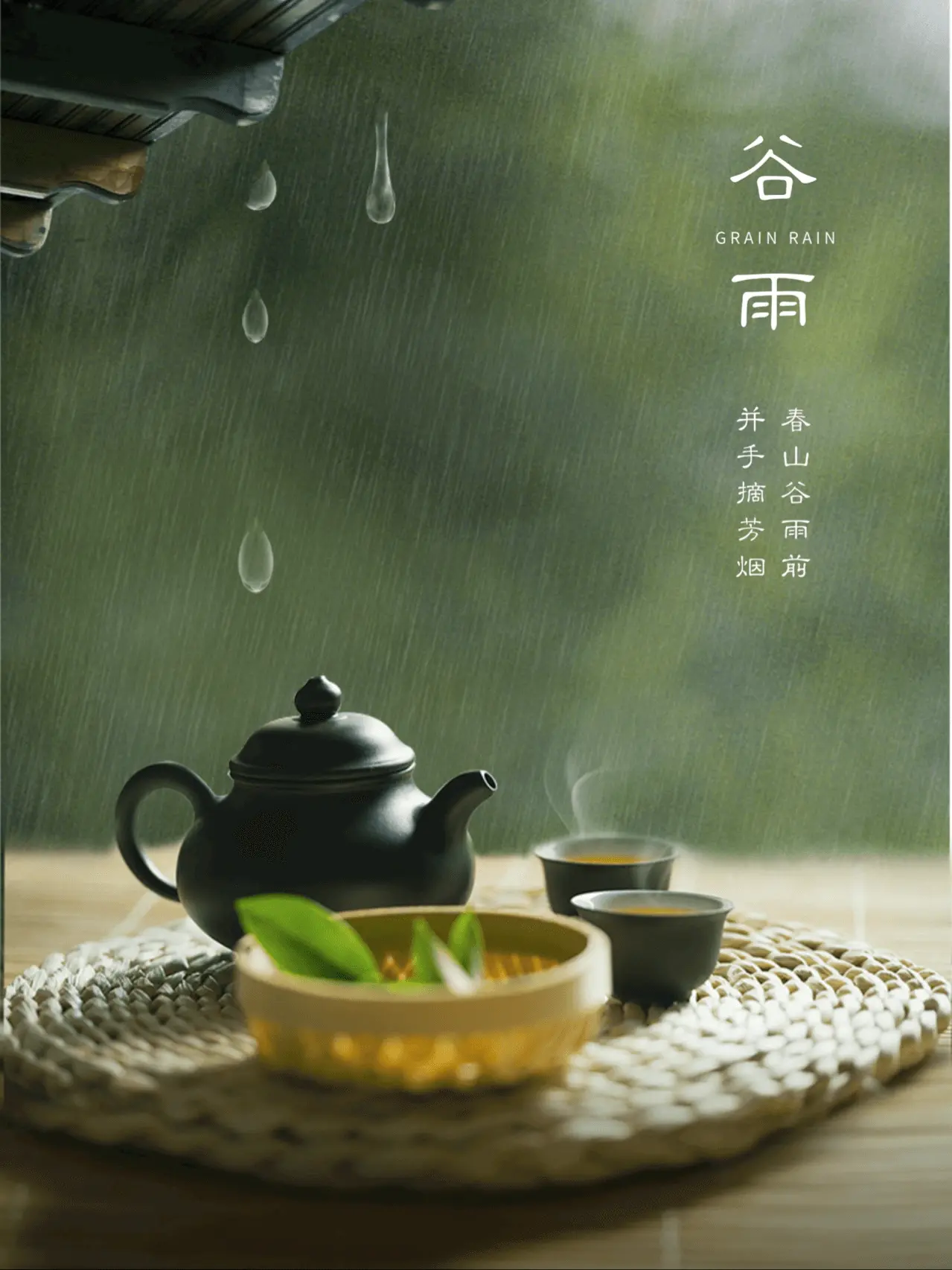
Pre-Ming vs Pre-Rain: A Comparison
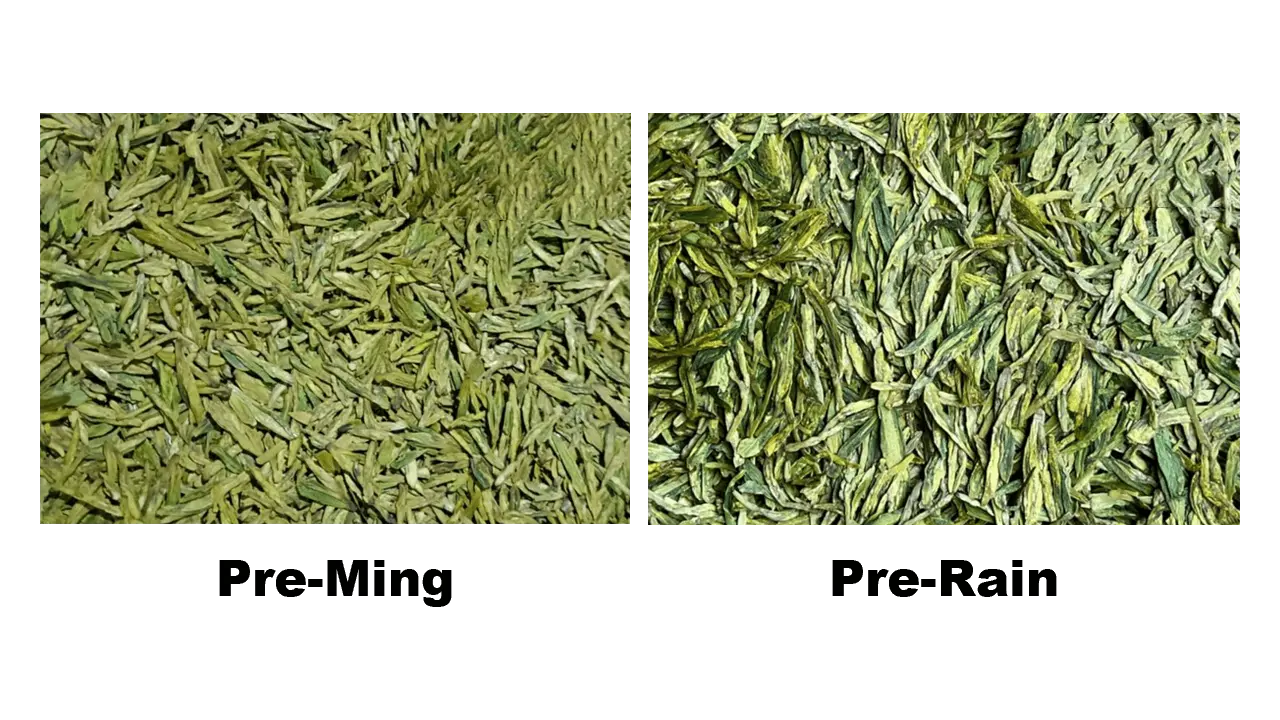
How is Longjing tea made?
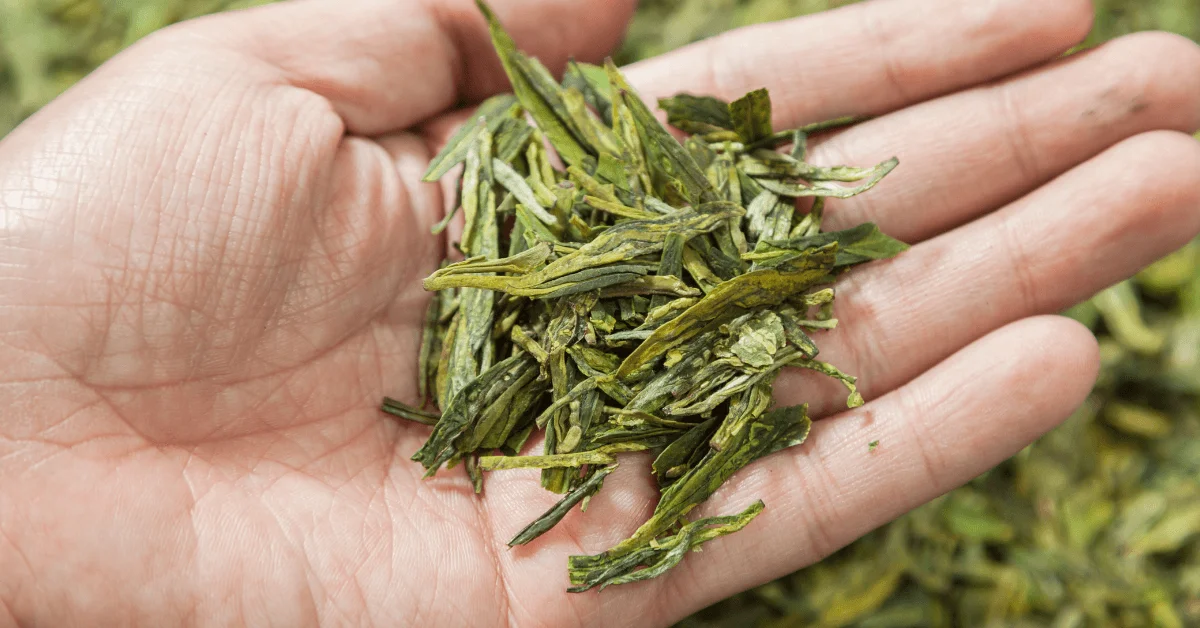
Longjing tea looks flat and smooth, emerald yellowish-green, and smells fragrant. These qualities come from the way it is processed, especially pan-firing.
Top-grade West Lake Longjing still uses traditional hand methods. Tea farmers work hard to improve their skills for Longjing pan-firing. They have been refining their techniques for generations to create a unique process.
Longjing tea goes through 7 steps: picking, selecting leaves, withering, killing green, re-wetting, pan-frying, and ash-storing.
Do you ever wondered why dried Longjing tea leaves are flat-shaped, unlike other teas?
Let me tell you, beacuse they havc 10 special pan-firing techniques.
- Shake (used in killing green and pan-firing steps)
- Purpose: Release moisture within leaves
- Key points: Palm up, fingers slightly spread and bent, shake tea held in the palm up and down, sprinkling evenly into the pan.

- Overlap (used in killing green and pan-firing steps)
- Purpose: Flatten and broaden the tea leaves
- Key points: Palm down, four fingers together and curled up, thumb separated, turn palm down and press down onto leaves in the pan.
- Lift (used in killing green and pan-firing steps)
- Purpose: Lift leaves in pan onto the palm for shaking and flattening
- Key points: Keep your palm flat and four fingers straight and together. Touch the palm to the leaves and the pan. Then, move the leaves along the wall of the pan into the palm.
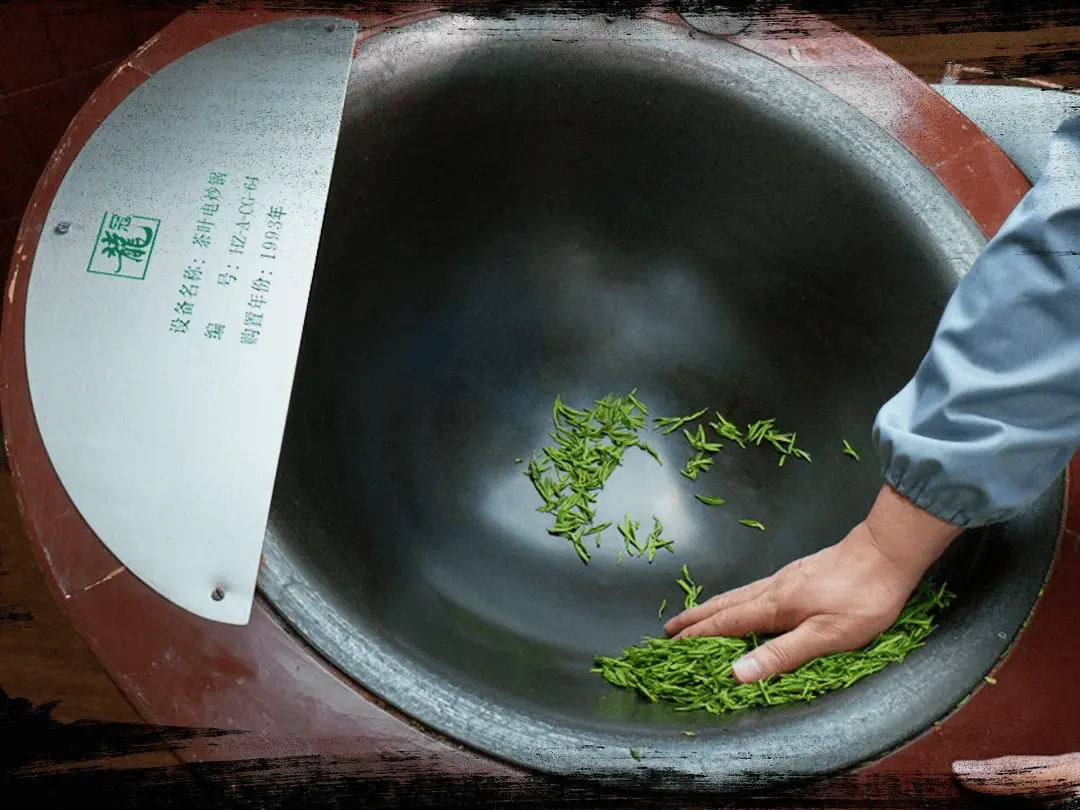
- Flip (used in killing green step)
- Purpose: Leaves fall from pan edge to bottom, aligning neatly and rolling to wrap buds. Exchanges interior and exterior leaves and arranges them evenly.
- Key points: To throw leaves into the pan, spread your fingers slightly, bend your thumb, and flip your palm down. Wrap the leaves around the buds, align them, and release moisture. Used in the later stage of killing green.
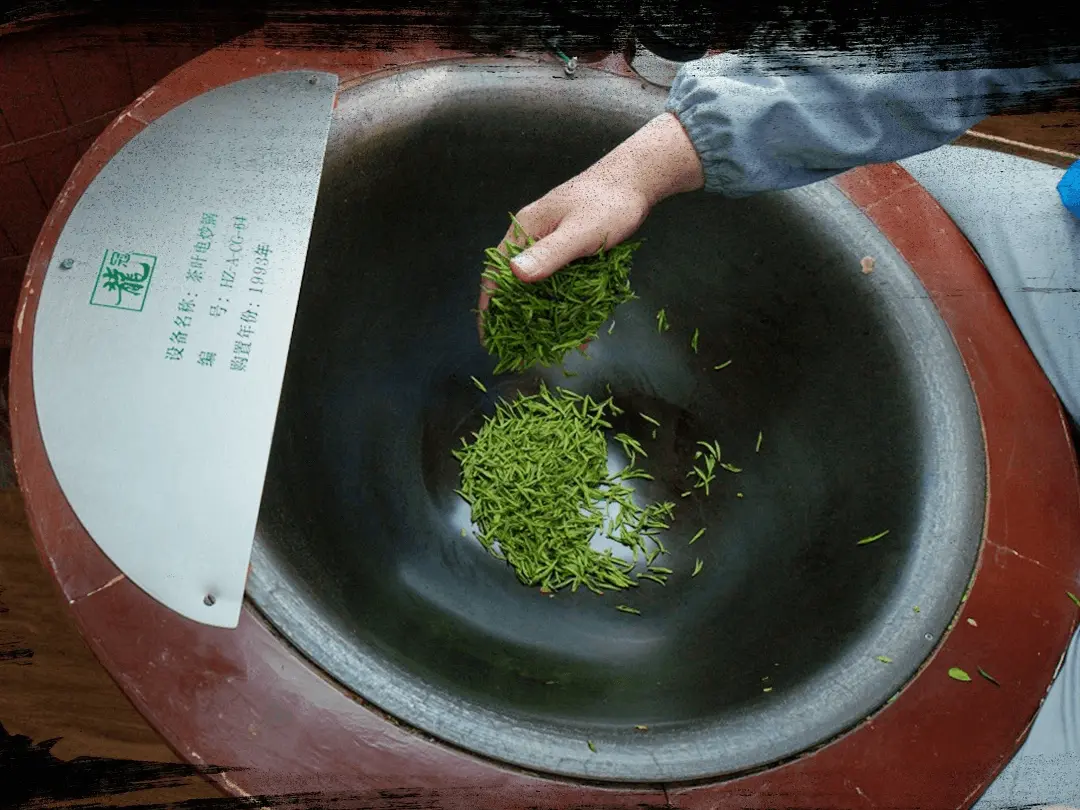
- Soft Press (used in killing green and pan-firing steps)
- Purpose: Make leaves smooth, slick, and flat
- Key points: Place your hand flat on the leaves in the pan to flatten the leaves. Keep fingers straight and together. Push the leaves firmly from the bottom of the pan towards the sides.
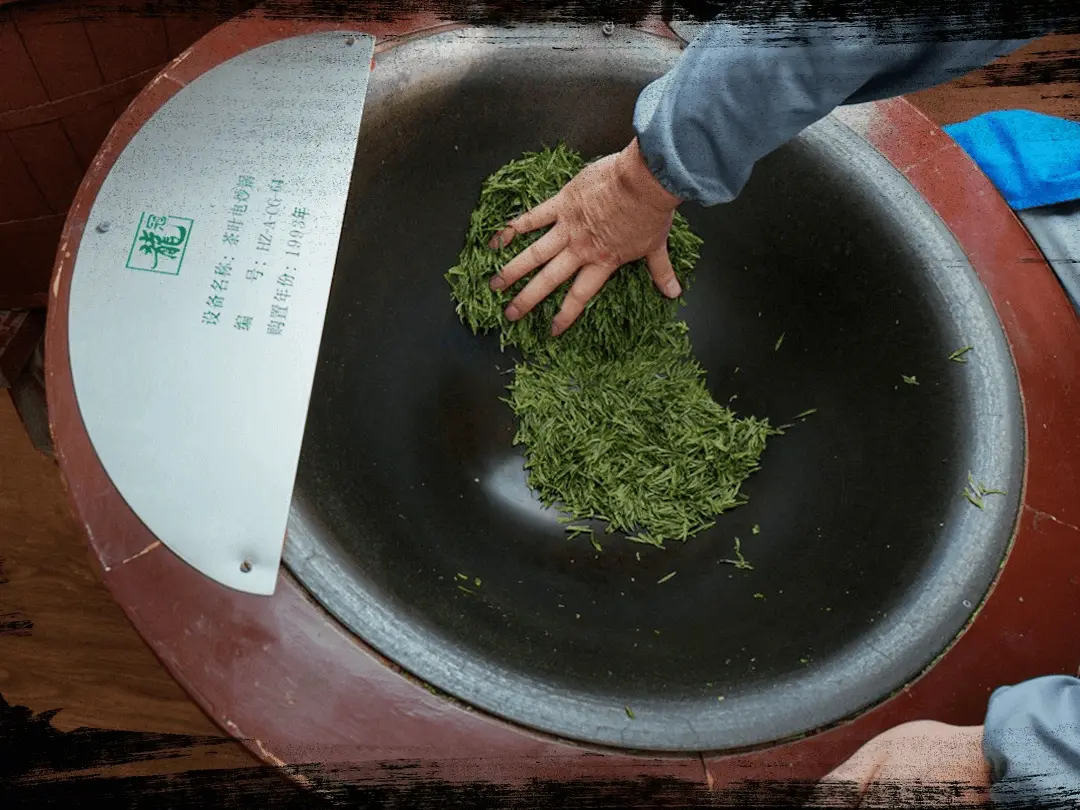
- Grip (mainly used in lower-grade pan-firing and killing green steps)
- Purpose: Exchanges interior and exterior leaves, aligning them and straightening them.
- Key points: Basic movement in hand pan-firing. Palm down, fingers bent, grip leaves.
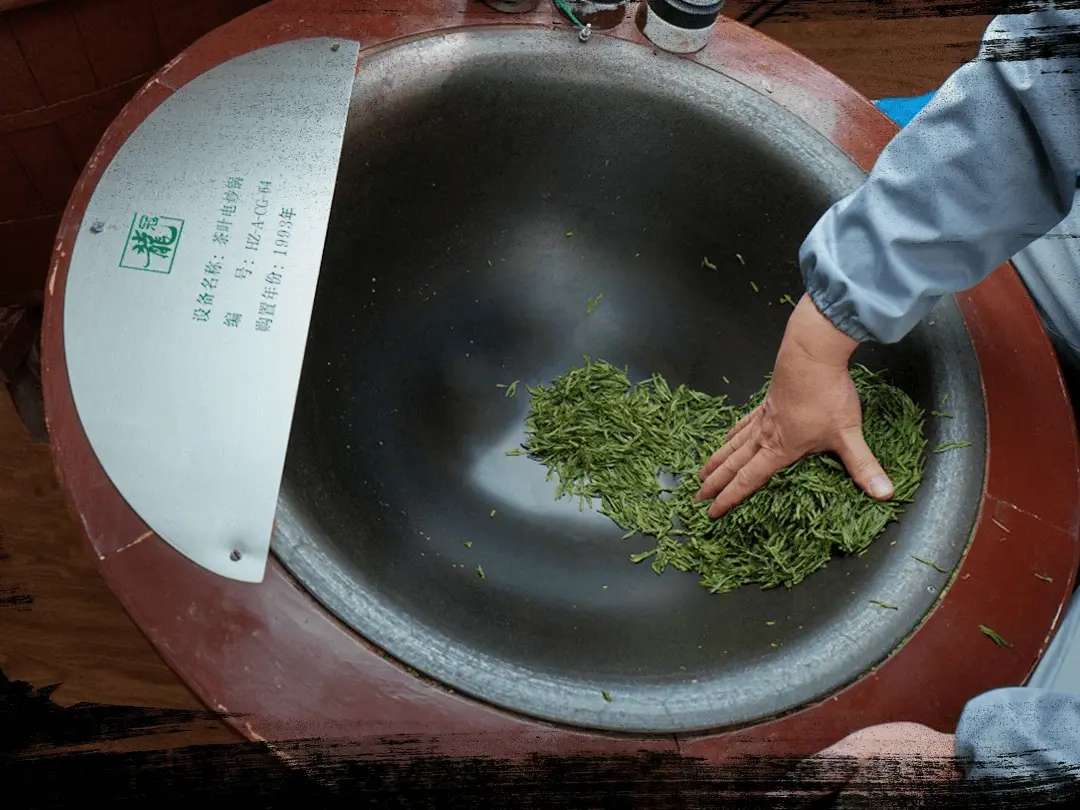
- Push (used in the pan-firing step)
- Purpose: Make leaves light, flat, and even
- Key points: To compact the leaves, place your hand with palm down and fingers straight or bent. Keep your thumb slightly bent down. Push forward with force.

- Rub (used in pan-firing step)
- Purpose: Stronger than pushing, flattens and smooths leaves more
- Key points: Pushing and grabbing faster, hand friction on leaves, leaves rubbing together, leaves rubbing on the pan, making leaves getting smoother.
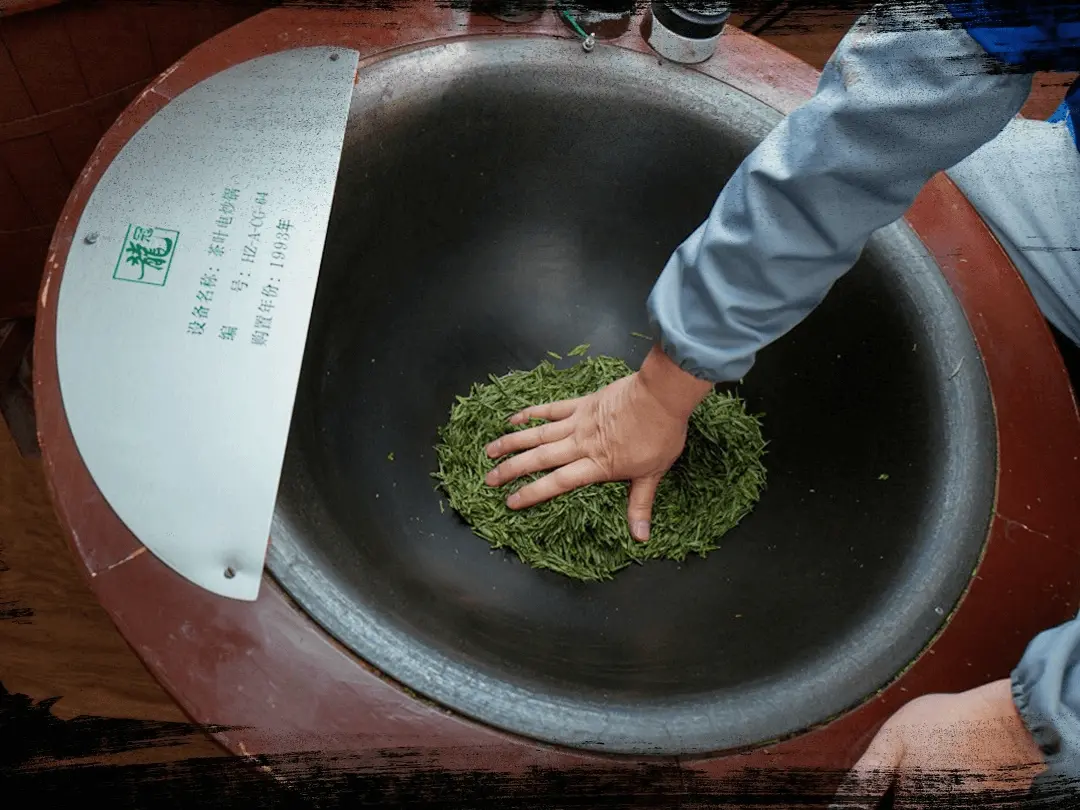
- Hard Press (used in the pan-firing step)
- Purpose: Both hands press down forcefully on tea stems (one hand on the other’s back) with rubbing to further flatten and smooth leaves.
- Key points: While gripping, pushing, and rubbing, one palm presses on the back of the other.
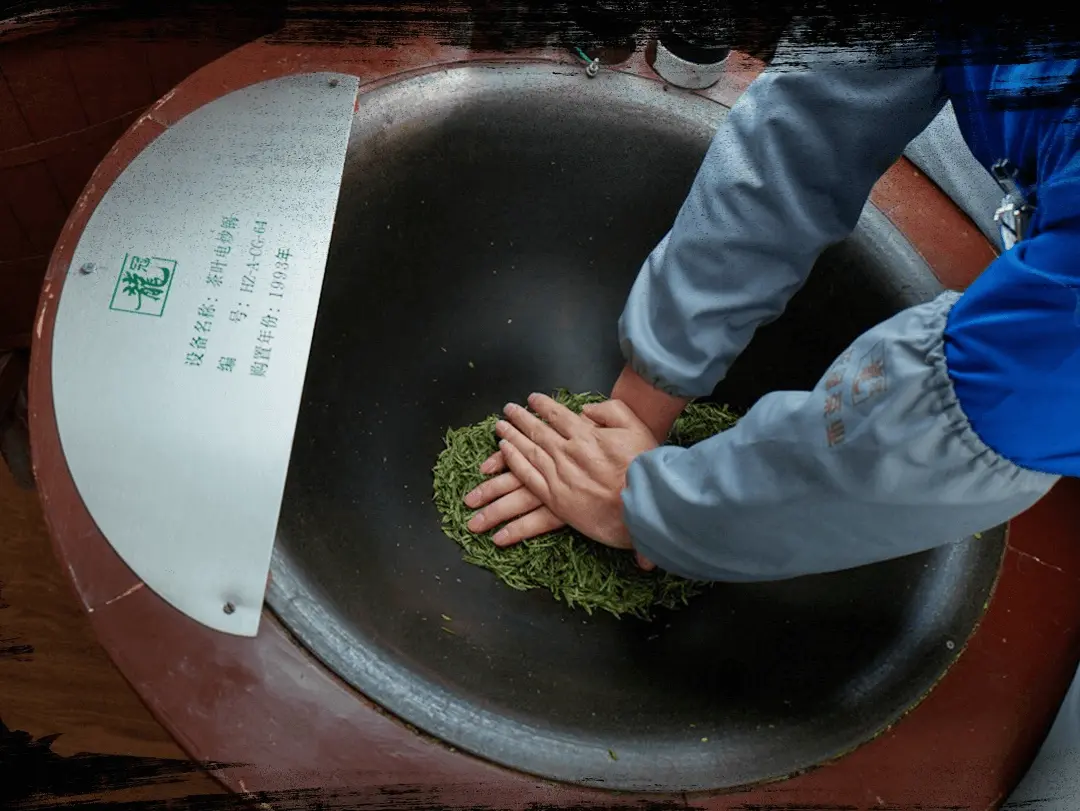
- Twist (used in lower-grade killing green and pan-firing steps)
- Purpose: Straightens and evenly aligns the tea stems
- Key points: Open your thumb and index finger to grip leaves, forming a “tiger’s mouth.” Keep most leaves in the palm while using the middle and ring finger to grip and squeeze out.
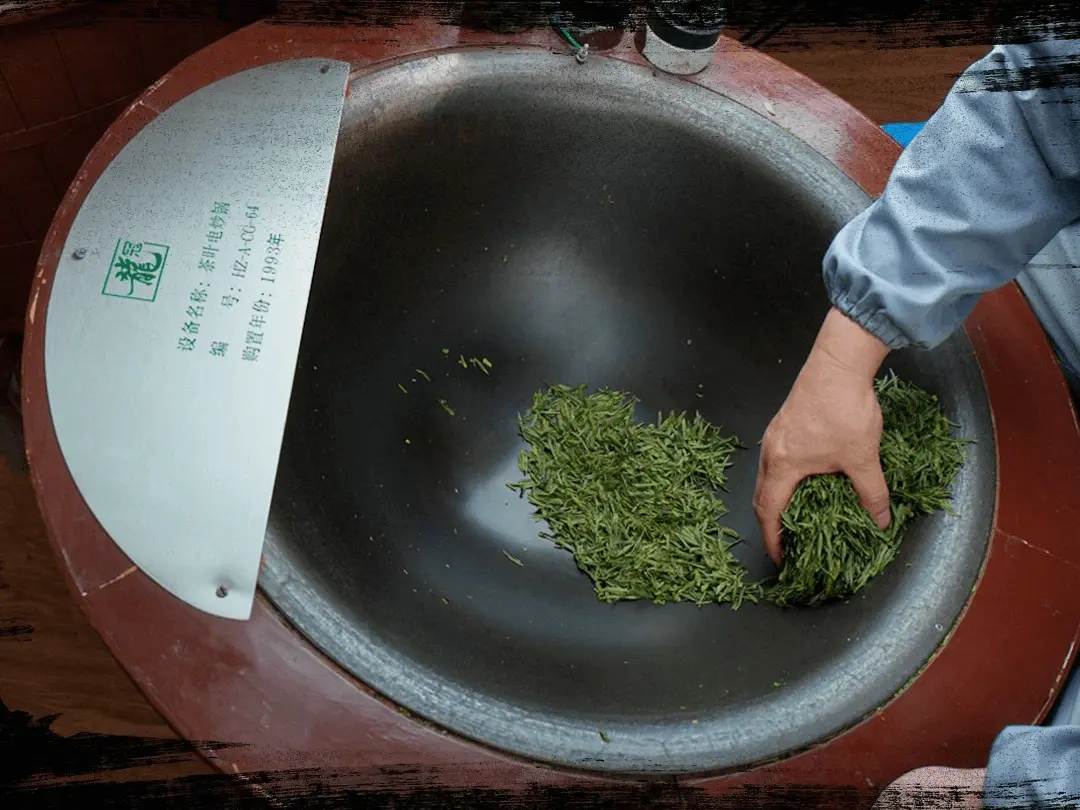
The effect of these techniques should be considered. The flattened shape is why Longjing is well-known as a green tea today.
Longjing tea’s flat shape makes transporting and storing it in smaller spaces easier.
Thanks to past wisdom in creating these meticulous yet reliable processing methods that maximize flavor retention, the reach of Longjing tea became much wider.
Purchasing Tips: How to Choose Longjing Tea?
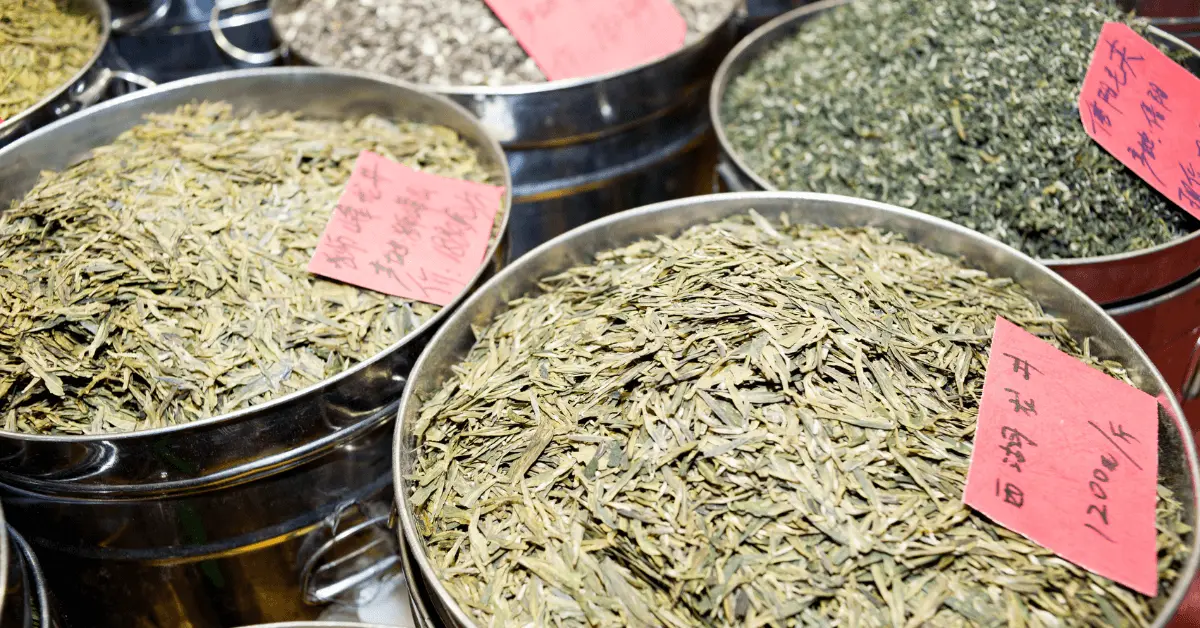
You may want to purchase some after learning in-depth information about Longjing tea.
I can help you with that in this in-depth article. This article covers my personal experience and official grading methods of dragon well tea, and it will help you know more about Longjing tea grades.
And I also prepared some recommended Longjing tea based on personal tasting experience to help you make preliminary comparisons before buying.
How to Brew Longjing Tea?
The brewing method for Longjing tea can affect the final flavor you taste, so here is a simple method I often use for reference.

To learn more about different methods of how to brew dragon well tea, I’ve prepared 5 other methods for beginners and experienced tea lovers to choose the one most suitable for you.
Benefits of Longjing Tea
As a beverage with over a thousand years of history, the health benefits of Longjing tea need no elaboration. In addition to reducing anxiety and increasing focus, Longjing has other surprising benefits.
I’ve prepared an in-depth article to share 9 major benefits of Longjing tea, some scientifically proven.

How Long Does Longjing Tea Last?
Short-Term Storage (Up to 2 Weeks)
Medium-Term Storage (Up to 3 Months)
Long-Term Storage (Up to 6 Months or More)
Tips for Avoiding Moisture Damage
Example for Practical Understanding:
- Chris buys 12 packs of Longjing tea, planning to consume them over a year.
- He keeps 1 pack on the dining table for daily use, stored in a ziplock bag at room temperature.
- He places 3 packs in the freezer, retrieving one pack each in the second, third, and fourth months.
- He stores 8 packs in the freezer. At the end of the fourth month, he moves one pack to the freezer for use in the fifth month.
- Before drinking, he thaws the remaining packs in the freezer a day in advance.
Is Longjing Tea Expensive?
Longjing Tea Recipes
The Delightful Longjing Tea Shrimp
How to Make Longjing Tea Shrimp
Shrimp Preparation:
- Wash fresh shrimp in water three times until they’re snow-white.
- Pat them dry with kitchen paper.
- Place in a bowl, add salt, MSG, and egg white. Stir until sticky.
- Coat the shrimp evenly with dry starch.
Longjing Tea Preparation:
- Steep about 5g of Longjing tea in 50-60g of boiling water (90-100℃) for 1 minute. Don’t cover the cup.
- Strain 40g of tea broth for use, and set aside the rest.
Stir-Frying the Shrimp:
- Heat vegetable oil and lard in a frying pan.
- After about 15 seconds, add the shrimp. Quickly paddle to prevent sticking and fry for 15 seconds.
- Drain the shrimp in a colander.
- Remove excess oil from the wok, leaving just enough for frying.
- Return the shrimp to the wok, quickly add the tea leaves and broth, a little cooking wine or white wine, and season with salt and MSG.
- Stir-fry for a few seconds, then serve.
Conclusion
In this article, you learned about authentic Dragon Well tea and its origins. You also learned how to grade the Dragon Well tea you buy. Lastly, you discovered how to experiment with brewing methods to find your favorite.
I hope this healthy beverage adds a touch of color to your life. I welcome any insightful feedback on my blog – feel free to contact me anywhere you can find me. I’d also love to host you for a visit to my tea plantation someday in the future.
FAQs
What temperature should Dragon Well tea be?
I suggest brewing Dragon Well tea with 80-90°C water and using a vessel preheated to 40-60°C. This allows the aroma of the tea to be fully released. Some people also enjoy cold brewing Dragon Well tea at around 20°C for 45 minutes.

How long do you steep Dragonwell tea?
Steeping time is an important factor that directly affects the flavor of the tea.
Usually, the longer you steep it, the stronger the flavor gets. However, it can also make it bitter and astringent, which beginners might not enjoy. On the other hand, too short a steeping time results in a lighter flavor.
However, this does not mean steeping for just 30 seconds – that won’t draw out the true flavor of the tea leaves. The recommended steeping time is 2-3 minutes; you can make it longer or shorter according to personal taste.
What foods pair well with Dragon Well tea?
In China, we usually drink tea without any food pairings. But I recommend sweets and desserts that pair well with coffee, like cakes and mousses. Dragon Well tea’s flavor helps balance the sweetness, allowing you to enjoy the desserts better.
Is there any special teaware used for brewing Dragon Well tea?
Tea ceremony etiquette is influenced by tea-drinking cultures. This leads to the use of various tea vessels in ceremonies, which can cause misconceptions about tea. If you’re just serving friends or yourself, don’t worry about special tools. Just use the brewing methods mentioned earlier.

How should Dragon Well tea be stored and kept fresh?
As an unfermented tea, keeping Dragon Well tea fresh can be tricky. I use double sealing – first in an airtight bag, then in an airtight container. You can read this article to learn more about properly storing tea.
What are some common mistakes people make when preparing Dragon Well tea?
Here are 3 common mistakes:
- Not preheating the brewing vessel which affects both aroma and flavor.
- Using water not between 80-90°C to brew the tea. Generally, boiling water left at room temperature for 3-4 minutes will cool to the ideal temperature.
- Using mineral-heavy brewing water, which can make the tea taste bitter.
How many times can you steep the same leaves of Dragon Well tea?
- Group cultivar: I recommend 4-5 steepings for early spring harvest and 6-7 steepings for pre-rain harvest.
- Longjing #43: For early spring harvest, I recommend 2-3 steepings and 4-5 steepings for pre-rain harvest.


